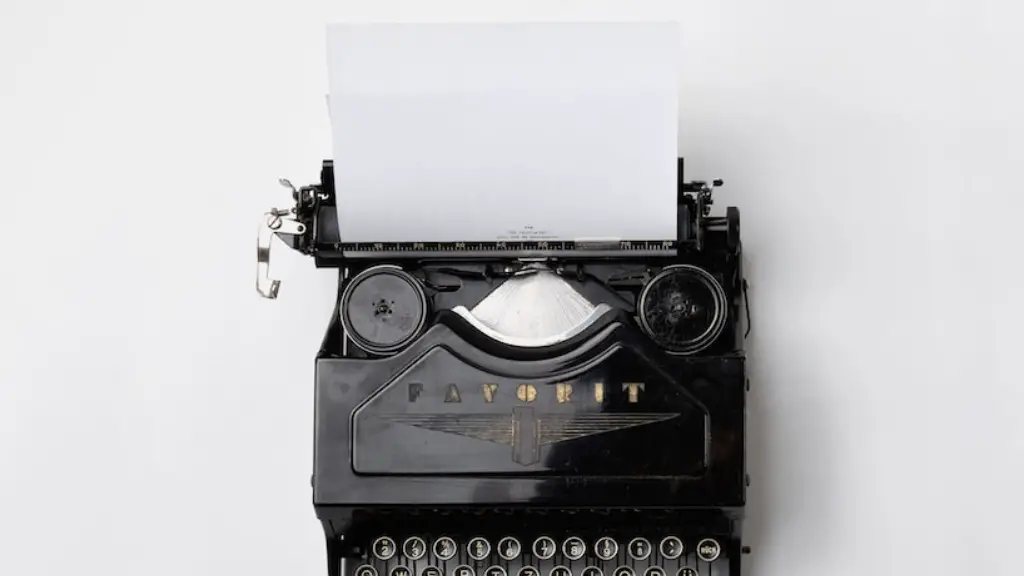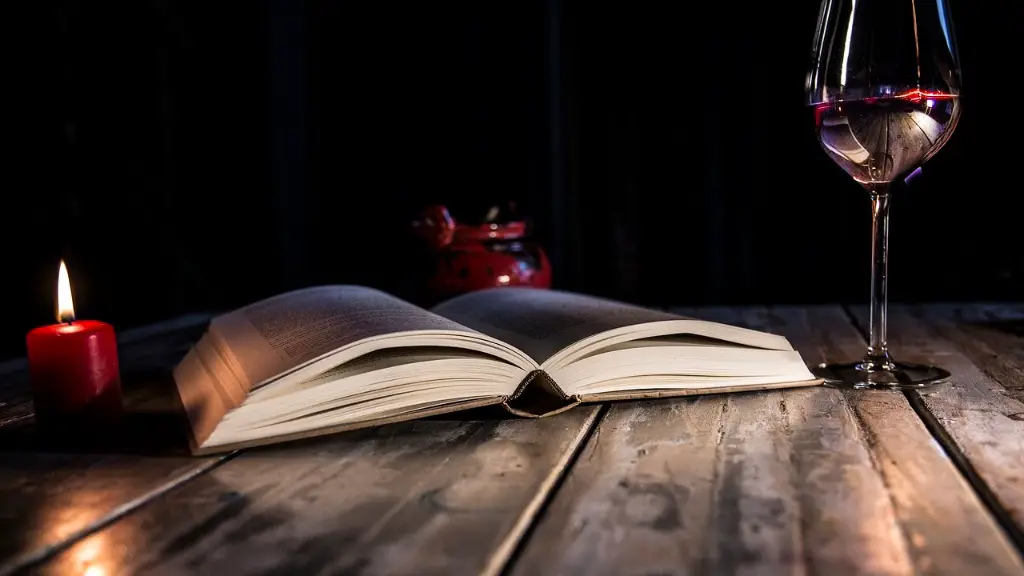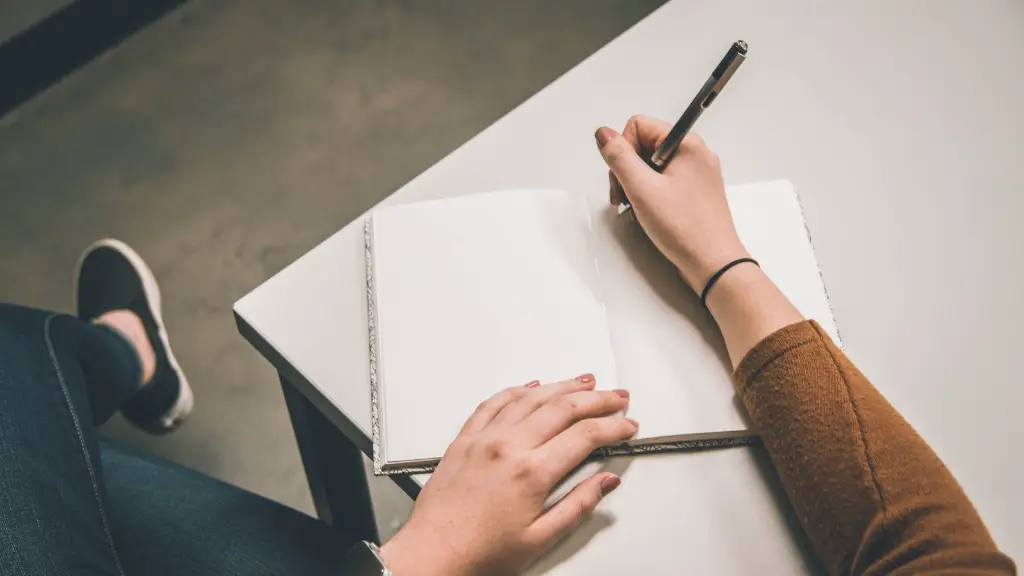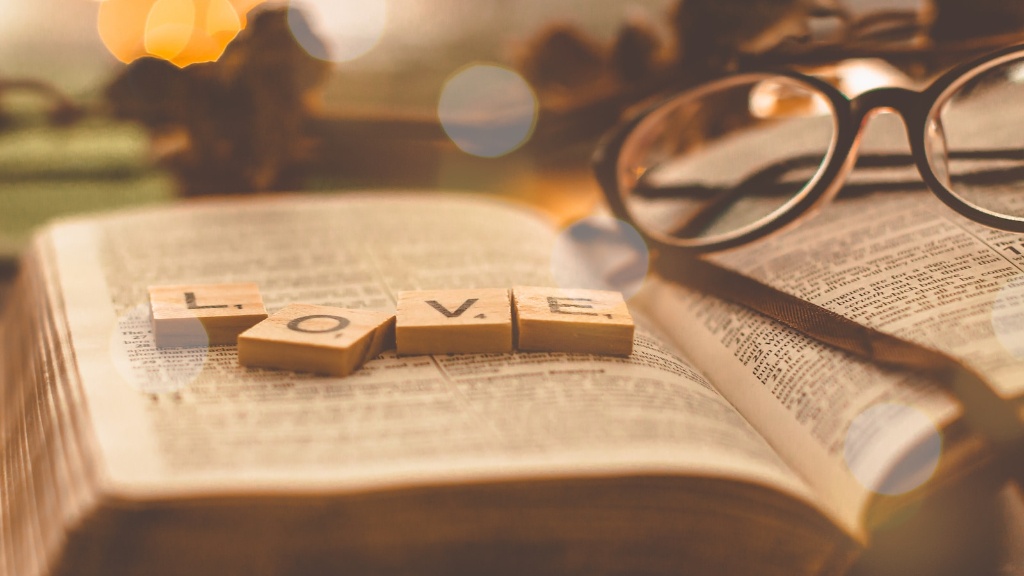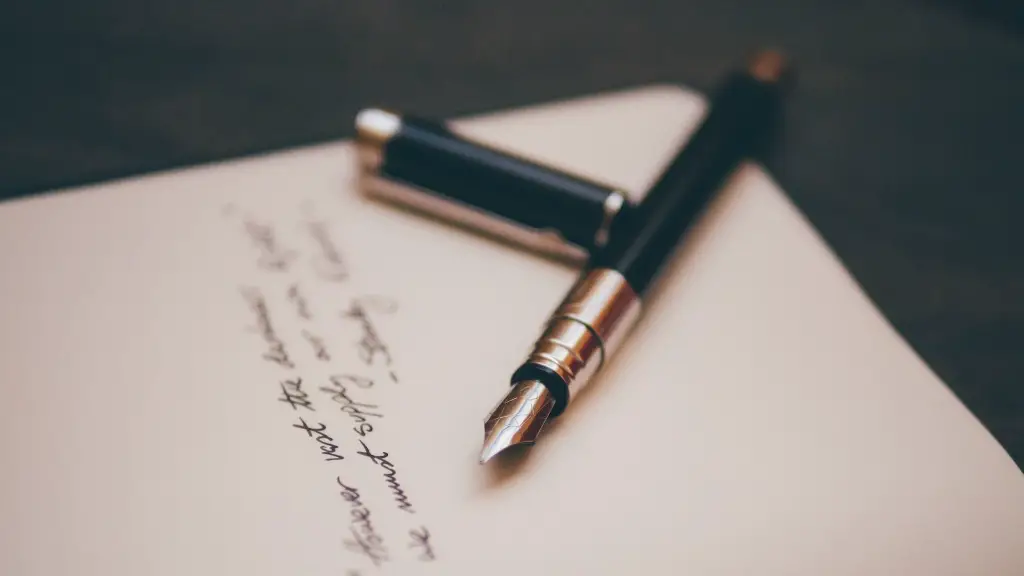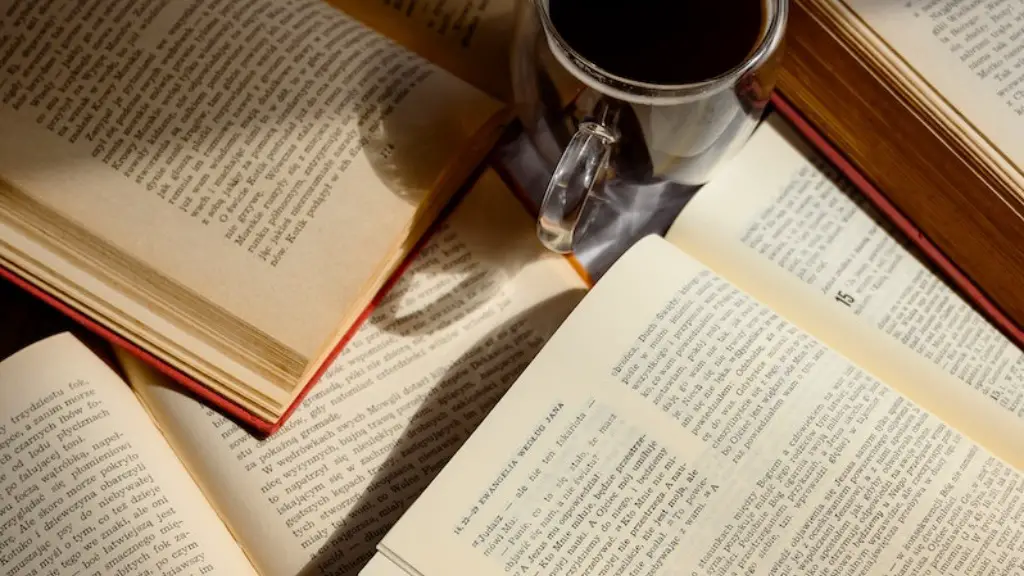A Deeper Understanding of Unseen Poetry
For some, poetry is something that we grow to understand and appreciate over time, for others it may be an intimidating and complex challenge. When faced with an unseen poem it can be difficult to know where to start in order to analyse it effectively. In order to properly understand poetic expression, read through the poem several times and make note of particular words, phrases or images that capture your attention. In-depth knowledge of poetic devices such as metaphor, simile and alliteration allows for effective interpretation and review of poetry. Here, we analyze some tactics for navigating through an unseen poem, so that GCSE students can prepare for their poetry analysis examinations.
One of the most important parts of analysing poetry is understanding what message the poet is communicating through their language. To do this, ask questions of the poem. ‘What is the poet saying?’, ‘What is the poet’s tone?’, ‘What is the poet’s purpose?’ These types of questions will help you identify what the poet is trying to communicate, and will provide a starting point for further investigation.
The mood of a poem can also give insight into the poet’s thoughts and feelings. This mood is often influenced by certain words, or the repetition of certain words. Selection of words can give off a feeling of tranquillity or chaos, depending on the poet’s aim. Similarly, when reading a poem, we should notice words that stand out to us. Alliteration, metaphor and simile can add spark and colour to a poem. By looking out for these techniques, readers are likely to find patterns that give the poem new depths of meaning.
Examining a poem’s structure is another method for interpreting its meaning. Rhyme schemes, line lengths and stanzas can provide answers to questions or clues to a deeper meaning. By looking at the structure of a poem, it is possible to gain insight into the intended meaning of the poem, as well as the intentions of the poet. Through analysing the use of structure in a poem, readers can pinpoint the message and the literary devices used to convey that message.
Finally, observing the poetic devices used in a poem can help to interpret the poem. If a poem is full of metaphors, the reader may get a better idea of what the poem is about. If a poem is full of rhyme, this can increase its musicality and lead to a different mood when compared to a poem with half-rhymes. Explore these devices to paint a vivid image of the poet’s work. By doing so, a reader may gain more insight into the poem.
Figurative Language and Imagery
Figurative language and imagery are often used in poetry to create vivid and powerful pictures in the reader’s mind. Metaphors are often used to compare two unlike things which suggest a certain resemblance. Metaphors can help the reader to gain insight into how the writer perceives a certain object or concept. For example, a writer may compare an object to the sun, which implies that the object is seen as being something positive and life-giving. Similarly, similes are also used to make comparisons between two unrelated things. Both metaphors and similes help the reader to imagine and understand a poem in more depth.
Personification is another important poetic device that can be used to bring a poem to life. By personifying an object or concept, the poet is able to give it a human quality and evoke a certain emotion in the reader. This is often used to convey complex messages in a poignant way. By making the objects of the poem come alive and give them life, the poet is able to transcend the boundaries of poetry into reality in the minds of their readers. Personification helps to bring a poem to life and evoke emotion in the reader.
Imagery is also a powerful tool in poetry. Imagery is the use of words to create pictures or vivid images in the reader’s mind. Through this, the poet is able to convey ideas and emotions in a tangible way and enable the reader to get a more vivid feeling of what is being conveyed. By using imagery and poetic devices, poets can bring their work to life and bring a new and interesting perspective to their reader.
Exploring Literary Techniques
Exploring all of the different techniques available to a poet is a great way to effectively analyse any poem. By exploring techniques such as rhythm and rhyme, it is possible to piece together a poem to uncover its true meaning. Rhythm is used in poetry to draw the reader’s attention to certain words and phrases. This is often used to convey an important message or theme in the poem. By analysing the different rhythms used in a poem, readers can gain an understanding of when certain words are used for emphasis. The use of rhythm can be used to create a certain emotion, draw attention to a certain tone, or even give the poem its own unique musicality.
Rhyme is another crucial part of poetry, as it often helps create subtle patterns that weave their way throughout a poem. Rhyme can bring flow to a piece by taking the reader on a journey. It can also help to bring a sense of unity to a piece. For example, a poem may have a spiritual theme, but the rhythm of the poem is often what helps to give the poem its identity. By analysing the rhyme of a poem, readers can gain a greater insight into the poem’s meaning.
Finally, exploring the different literary techniques used in a poem can help the reader to make their own interpretation. By examining the use of form, structure and imagery, readers can get an idea of what the poet is trying to express. By delving deeper into the poem and examining the use of specific words or phrases, the reader can gain a much clearer idea of the poet’s intentions. Through exploration, readers can gain insight into not just the poem itself, but much more.
Form and Structure
Form and structure are essential components of analysing a poem. It is important to look at the overall structure of a poem when analysing it, as this helps to give a reader an idea of what the poem is trying to express. By looking at the poem’s structure, a reader can identify the language used, the rhyme scheme, and the theme of the poem. By looking at the form of a poem, readers can recognise the length of lines, stanzas and references made. By looking at all of these components, readers can gain a much better understanding of the poem.
In poetry, form is often used as a tool to bring certain elements to the forefront. According to experts, poets often use stanzas to draw attention to certain images and create a space for emotional reflection. Similarly, shorter lines are often used to draw the reader’s attention to the point being made, while longer lines tend to give the feeling of images being stretched across the page. By understanding these techniques, readers can gain a much better appreciation of a poem.
It is also important to look at the overall structure of a poem. Poems often have a clear structure, with a beginning, a middle and an end, which is often referred to as a ‘golden thread’. This golden thread helps to pull together all of the elements of the poem and gives the reader a better idea of what the poem is trying to convey. It can also help the reader to draw connections between different parts of the poem, as well as add to the overall tone or feeling of the poem.
A Holistic Approach
When looking at a poem, it is often necessary to take a holistic approach in order to analyse and interpret it effectively. A single line of verse is not always enough to gain a clear understanding of the poem – looking at the poem as a whole can often bring out its true meaning. When looking at a poem, it is important to look at the individual words and themes, as well as their overall impact on the poem’s meaning. This can help to give the reader a better understanding of the poet’s intentions.
It is also important to look at the historical context surrounding the poem. Understanding the political and religious context surrounding a poem can often give readers a deeper understanding of its meaning. The use of symbolism can also be used to unearth messages hidden within the poem. For example, a poem may have a religious context, which can be used to uncover biblical allusions or symbolism in the poem. In order to gain a full understanding of a poem, an analysis of all of these components is necessary.
Finally, it is important to look at the literary style of a poem in order to gain a full appreciation of its meaning. The use of metaphor, irony and allusion can often be seen as a way of illuminating the poem’s true meaning and giving the reader a fuller understanding of the poet’s thoughts and feelings. By exploring the different literary styles of a poem, readers can gain insight into its deeper messages.
Context Matters
While analysing poetry, it is also important to look at the context in which the poem was written. This can help readers to gain insight into the poet’s intentions, as poems are often a reflection of the time and place in which they were written. By examining the political and religious context, it is possible to gain an understanding of the poet’s message, as well as discovering which elements of the poem may have been used to reflect previous works.
Exploring the historical context of a poem can also help a reader to gain more insight into the work. By looking into the historical context, readers can gain a better understanding of the culture and values of the time, which can often be seen in the poem’s language and structure. For example, by looking into the historical context of a Romantic poem, readers can gain insight into the movement and its values.
Another way to gain insight into a poem is by exploring its rhythm and metre. By understanding the elements of rhythm and metre, readers can gain a better understanding of which points the poet is trying to make and how this relates to the rest of the poem. The use of rhythm and metre can often be used to evoke certain feelings and create a certain atmosphere, which can often be helpful when interpreting a poem.
Finally, exploring the use of literary techniques can help to give the reader a deeper understanding of the poem. By analysing the use of metaphors, similes and alliteration, readers can gain insight into the poet’s intentions and the underlying meaning of the poem. These techniques are often used to bring a certain point to the surface or to make a certain point more salient to readers. By exploring these techniques, readers can gain a better understanding of the poem as a whole.
